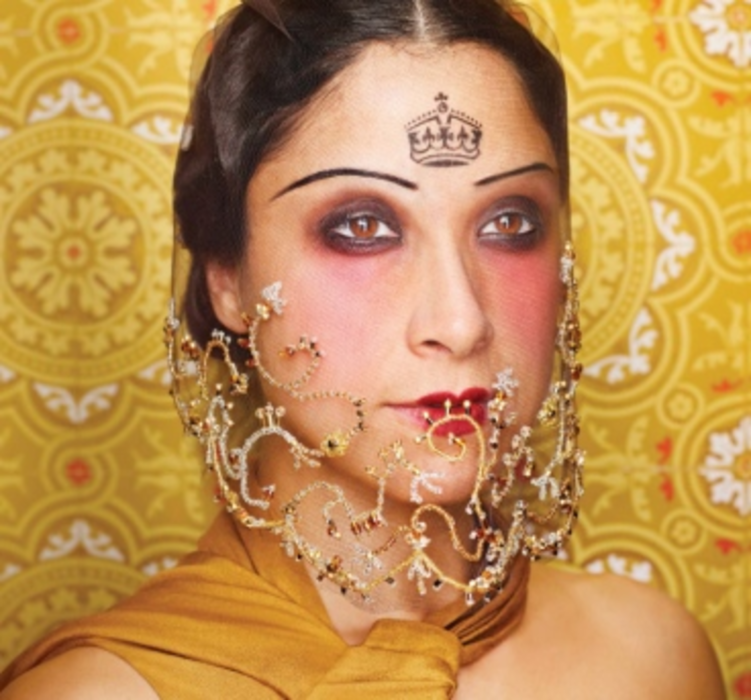Composing a multichannel experience is like orchestrating a symphony, notes Michael Becker, North American market development and strategic advisor for mobile marketing company Somo. Much like an orchestra, each channel is an instrument that when played in harmony creates a synchronized experience—one that will rouse consumers to demand an encore. Opéra de Montréal recently conducted its own multichannel medley in a quest to turn single ticket holders into loyal attendees.
Scena
During the 1990s Opéra de Montréal’s annual-membership subscribers comprised about 80% of the company’s total audience. But over the next two decades that number dropped to about 45%, and today single-ticket holders fill most seats. After conducting focus groups and surveys, Opéra de Montréal discovered a shift in how attendees perceived loyalty benefits. Opera-goers 45 years old and younger valued flexible perks—such as parking discounts or behind-the-scenes experiences—more than reserved seats, says Guillaume Thérien, director of sales and marketing for Opéra de Montréal.
Opéra de Montréal had to respond to its guests’ new definition of loyalty. Rather than driving membership, the organization focused on getting single-ticket holders to come back, and on maximizing revenue from those repeat attendees. But this shift posed a challenge: convincing show-goers that the opera isn’t a one-time experience.
“It’s a bit like cinema,” Thérien explains. “If you see a movie that you didn’t really like, you won’t say, ‘I don’t like cinema.’ You have to experience more than one…. [It’s] the same thing with opera.”
Composing a new strategy
Opéra de Montréal sought a way to gauge attendees’ satisfaction and give them more enticing reasons to return. So the company implemented campaign management and personalization tools from XMPie (a Xerox company) and worked with business solutions firm CGI Group Inc. to create and execute a strategy that would engage single-ticket holders immediately after performances during the 2012-13 season.
Opéra de Montréal started using the technology in September 2012 during its run of La Traviata. The organization extracted single-ticket holders’ data from its box office software and put it into the XMPie solution. Five minutes after the show ended Opéra de Montréal sent triggered emails to single-ticket holders asking them to rate the show with responses ranging from “excellent” to “mediocre” and to indicate whether they intended to return.
Based on their responses, attendees received limited-time, targeted offers. For example, single-ticket holders who rated the performance as “excellent” and said they would return received emails about becoming a member. Those who gave the show a medium rating and said they “might” return received more incentive-laden offers—such as VIP packages including back-stage visits, meet-and-greets with the cast, and complimentary parking and cocktails. Thérien says those who didn’t like the show and indicated that they wouldn’t return got follow-up calls from Opéra de Montréal to learn more about their negative experience. Additionally, the opera company sent two-for-one deals to those who liked the show but were unsure if they’d come back. The promotion encouraged word of mouth and allowed the networks of attendees to experience the opera, too.
With all the focus on retaining single-ticket holders, Opéra de Montréal didn’t want to overlook its annual-membership subscribers. So along with asking subscribers for their feedback after the show, it sent information about donating to the opera company. Thérien says that including current subscribers in its feedback efforts helped the organization identify unsatisfied attendees who might have dropped their membership.
According to Thérien, open rates were as high as 70%, and 50% of receivers provided feedback the same night. Those who didn’t respond received postcards encouraging them to revisit their emails or provide feedback over the phone. CGI built a Web portal to allow Opéra de Montréal to track responses from the 3,500 to 7,000 emails and 400 to 500 postcards sent after each show. This information was also added to Opéra de Montréal’s CRM system to create customer profiles.
Standing ovation results
During this initial trial, Opéra de Montréal increased its post-show revenue by 450%—or approximately $9,000—within a 72-hour time frame, and experienced a 9X return on investment. But at the end of La Traviata’s run, Opéra de Montréal stopped sending emails and postcards the following season to create a control group and compare the results. After the temporary break, Opéra de Montréal decided to continue sending emails and postcards during the 2013 to 2014 season.Thérien points out, however, that La Traviata is more popular than the subsequent show, The Flying Dutchman, so they had to take the show selection into consideration when comparing the results.
Opéra de Montréal also faced other challenges. Compiling information from different sources into one CRM system was time consuming, Thérien says. So, now the company is looking for software that can integrate data from different sources.
On a positive note he says that sending emails directly after the performance underscored the importance of capitalizing on emotion, and capturing and acting on immediate feedback from customers. “I’m always looking at the movie Pretty Woman,” he says. “In Pretty Woman, Richard Gere brings Julia Roberts to the opera and she’s crying…. That is exactly the time I need to talk to that person because she’s living something.”






